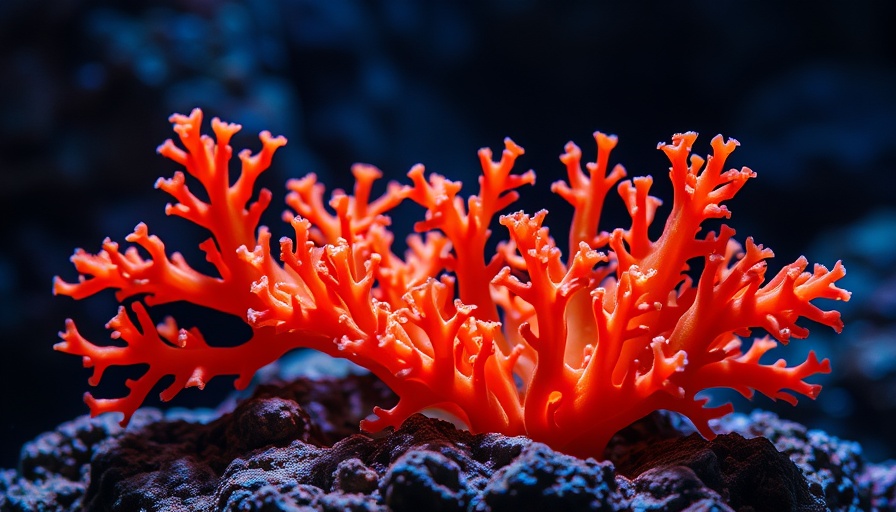
Restoring Nature: A Bold Initiative for Coral Rehabilitation
In the depths of the Gulf of Mexico, a team of U.S. Navy divers is undertaking an urgent mission: restoring deep-water corals devastated by the 2010 Deepwater Horizon oil spill, one of the worst environmental disasters in U.S. history. Covering an astonishing 1,994 square kilometers (770 square miles) of seafloor, this ornate underwater landscape is now the focus of pioneering restoration efforts. With the aid of cutting-edge technology and the commitment of scientists, this project highlights the resilience of marine ecosystems and the vital role they play in our planet’s health.
The Heart of Coral Ecosystems
Deep-water corals, often compared to ancient forests on land, are slow-growing habitats that can live for over 2,000 years. They form complex ecosystems, providing shelter and food for countless marine species. “This is something that we’re going to be judged for generations from now,” said Chris Gardner, a fisheries biologist with NOAA. The revival of these coral communities is not just crucial for marine life; it also emphasizes humanity’s commitment to preserving the natural world.
Technological Marvels in Marine Restoration
Underwater robots and specially trained divers play a pivotal role in the restoration process. At depths reaching 100 meters (328 feet), they delicately plant coral fragments on the ocean floor. Meanwhile, coral nurseries flourish in Texas, South Carolina, and Florida, where researchers carefully cultivate these essential organisms for future transplantation. This unique blend of biology and technology underscores the innovative approaches being adopted to address ecological restoration.
Challenges Ahead: The Threats Looming Over Restoration Efforts
Despite early successes, the restoration initiative faces daunting challenges. Climate change, agricultural runoff, and the specter of future oil spills continue to pose significant threats to these vulnerable ecosystems. In fact, nearly 1,000 oil spills were reported in U.S. waters in 2021 and 2022 alone. An understanding of these risks is crucial to the long-term success of coral restoration projects and the broader health of marine life.
A Model for Future Conservation Efforts
The initiative to restore deep-water corals could set a precedent for similar projects around the globe. As the world grapples with the consequences of environmental degradation, this pioneering effort showcases the potential of human ingenuity and collaborative action. While reminiscent of the historical efforts to protect endangered species, this restoration project targets unique ecosystems that are often overlooked yet critically important to marine biodiversity.
As the restoration project unfolds, it highlights the larger narrative of conservation, ecological responsibility, and the intricate relationship we share with nature. Every bit of coral restored is a step toward healing not just the Gulf of Mexico, but the planet as a whole.
 Add Row
Add Row  Add
Add 




 Add Row
Add Row  Add
Add 

Write A Comment